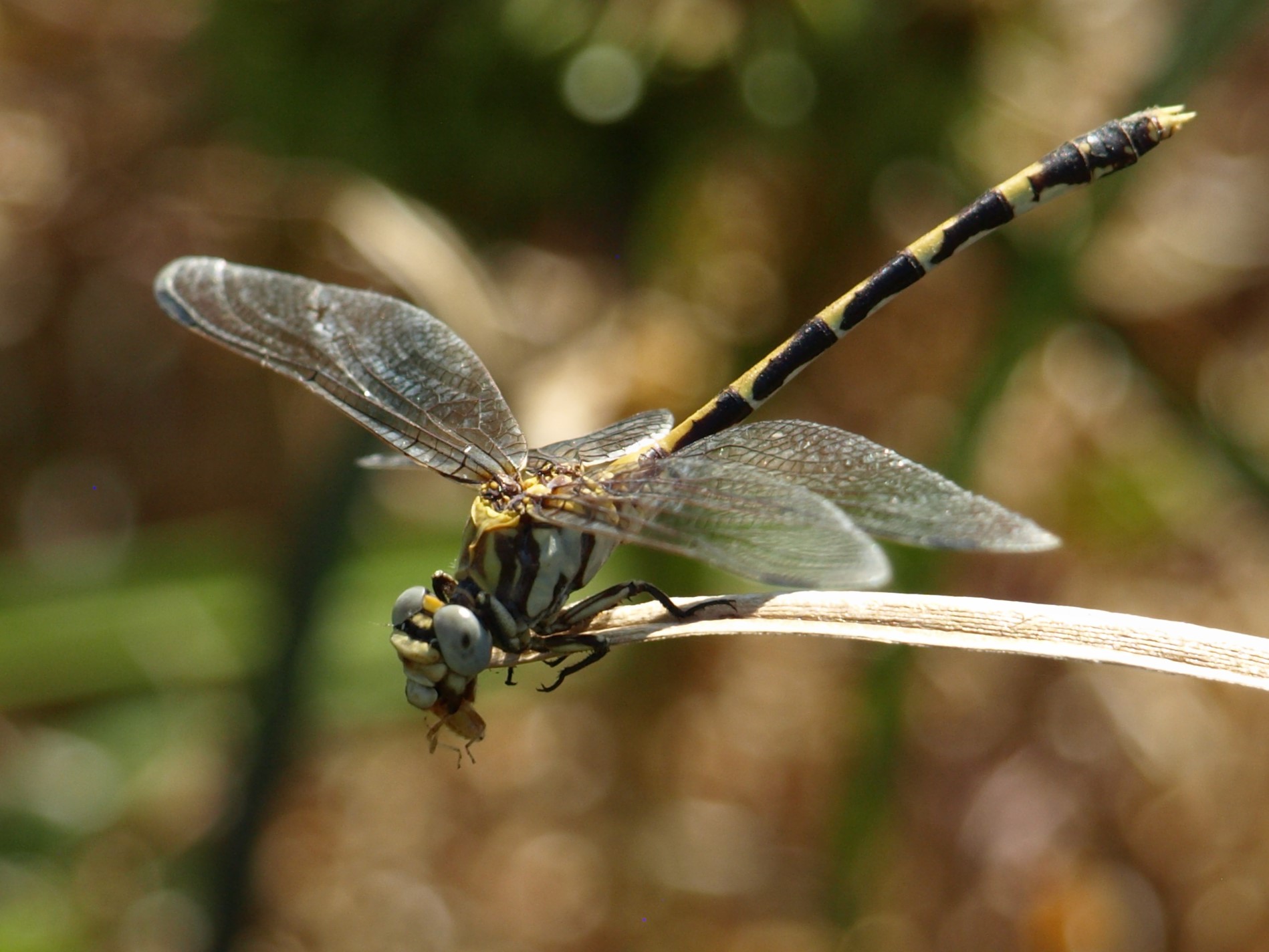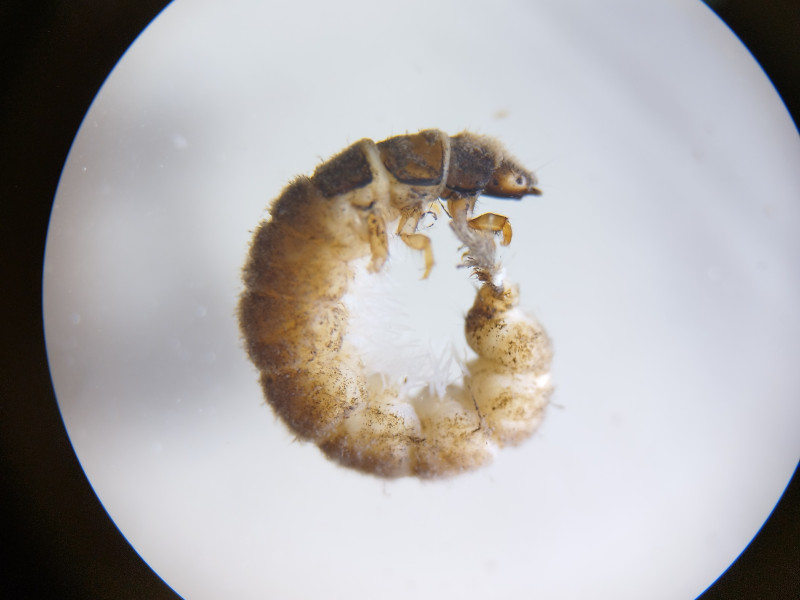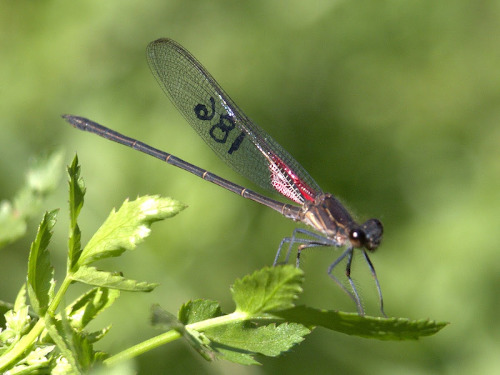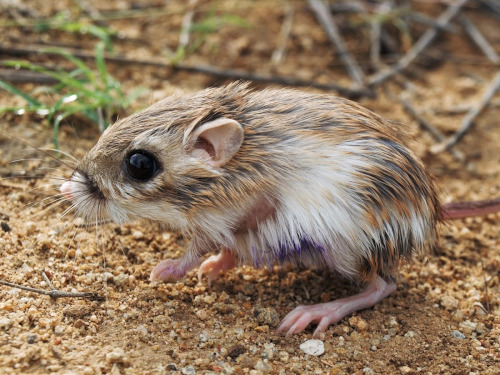Current Research

Urbanization impact on Sonoran Desert dragonflies & damselflies
Changes in landscape, water quality and availability, vegetation structure and also in temperature due to urbanization have negative consequences on aquatic wildlife. This is of special interest in arid regions with elevated hydric stress such as the Sonoran Desert, and also on aquatic and bioindicator insects such as dragonflies and damselflies. In this project we want to understand how urbanization affects Odonata communities in the Santa Cruz River and the Sonora River of the Sonoran Desert.
Aquatic macroinvertebrates and changes in hydroclimate
One of the consequences of climate change is intense fluctuations in stream flow, with severe floods and dry spells. In Southwestern United States, droughts have decreased the flows of the basins in the region. These changes impact aquatic macroinvertebrate communities, which can lead to biodiversity loss. In this project, in collaboration with the National Park Service, we want to explore the long-term effects of these hydrologic changes in aquatic macroinvertebrates as bioindicators in Southwestern US national parks.Previous Research

Population dynamic of a Rubyspot damselfly in an urban area.
The loss of acuatic ecosystems in urban areas is caused by the exploitation of their resources and their pollution. This has led to the disappearance of local fauna populations due to the disturbance of their natural habitats by urbanization. A small population of the Canyon Rubyspot damselfly (Hetaerina vulnerata) is found in an isolated habitat inside the urban area of Mexico City, a species that was thought extirpated from the city due to habitat loss. This project, as my master's thesis work, was focused on the current status of this damselfly population through its demography.
Effect of buffelgrass on wild rodents in the Sonoran Desert.
Buffelgrass (Cenchrus ciliaris) is an african plant that has been widely introduced to arid areas throughout the world for livestock, including the Sonoran Desert. However, this grass is characterized by its capability to replace native vegetation due to its high competitiveness, aided by the practice of clearing used to establish buffelgrass prairies. The objective of this project, as my bachelor's thesis, was to determine the effect of the buffelgrass presence on the diversity and populations of the native rodent community of the desert.Publication: Guzmán-Ojeda et al., 2023
All images © Rocío Guzmán